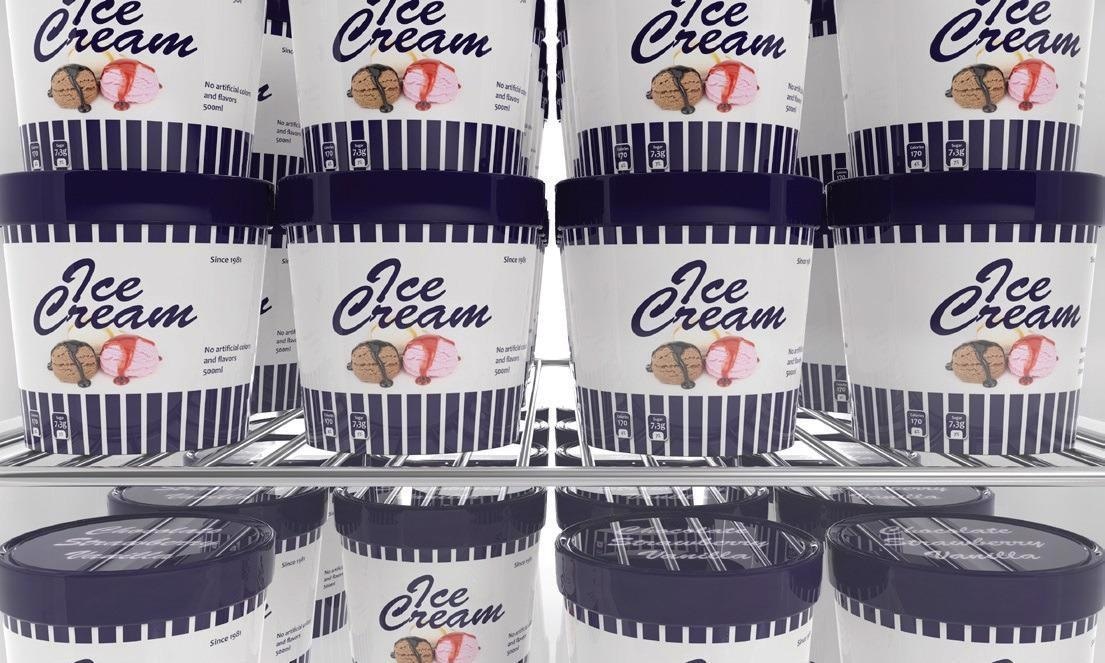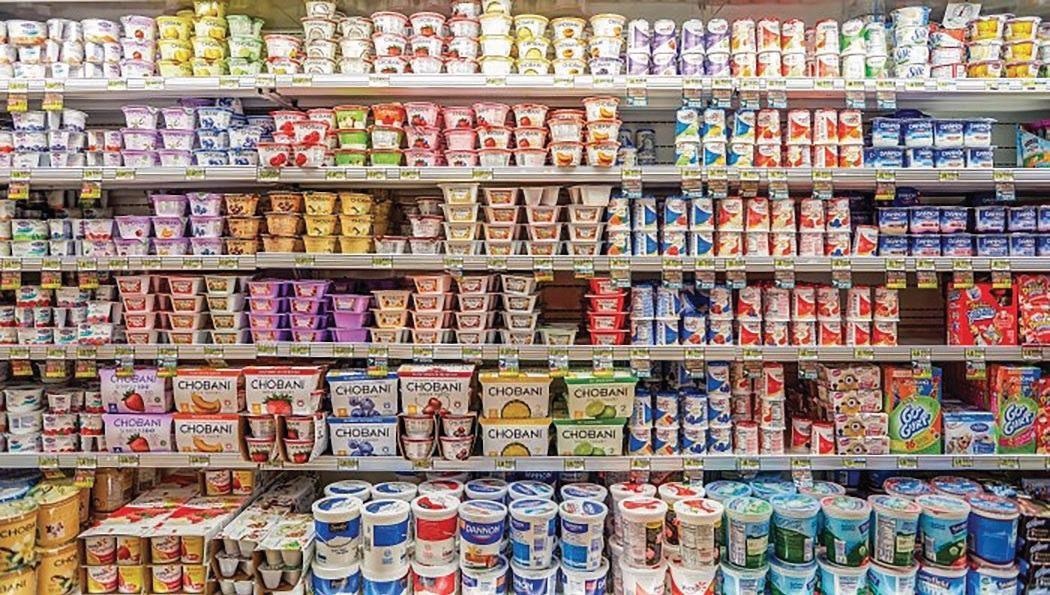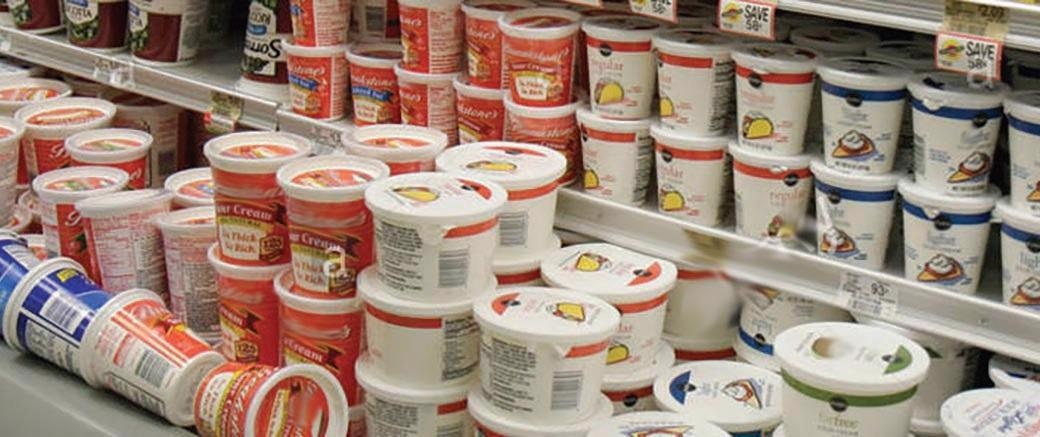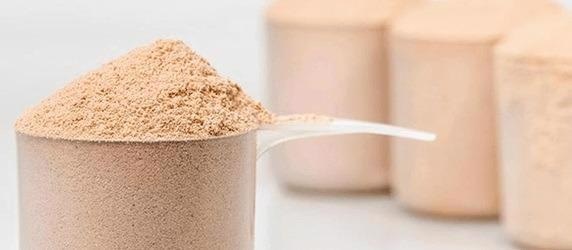Processing and distributing dairy products requires strict adherence to regulatory requirements and a high level of quality control. Dairy products must be safe for consumption and free of a range of potential physical and bacterial contaminants. The packaged product weight must also adhere to specifications.
The main aim is always to protect the brand’s reputation and keep consumers safe while managing pressures to operate efficiently and keep costs down.
Another complication is the growing range of packaging materials on the market, like biodegradable, metalized, shelf-stable, and transparent properties and sizes spanning from large multipacks sold to club stores to individual portions.
Luckily, to keep pace with these changes, product inspection technology has advanced. By utilizing equipment to detect contaminants and weigh package content at multiple stages of processing, product safety and quality can help be ensured.
These machines can be configured to specific application requirements and are easy to use − from setup through to sanitation.
Zeroing in on the Dairy Industry
Dairy products vary widely. They include:
- Yogurt
- Cheese
- Milk and related fresh dairy items
- Milk powder/whey protein concentrates
- Sauces
- Novelties
- Ice cream

Image Credit: Thermo Fisher Scientific – Solutions for Industrial and Safety Applications
Common packaging types/materials include:
- Metalized film overwraps
- Glass or plastic bottles
- Paperboard or plastic tubs
- Various material combinations
- Transparent, aluminum foil or metalized film lids
Choosing the correct detection, inspection and checkweighing technology are dependent on product materials and attributes in addition to the production environment.
Detecting foreign objects in dairy products has been historically difficult. These products possess conductive properties which influence the magnetic field and trick the detector into producing a signal indicating metal is present when it is not; this is known as ‘product effect.’ It is common in cheese and other high salt, high moisture dairy products.
Modern Multiscan metal detectors alleviate the challenges of product effect and increase the probability of contaminant detection as the product is inspected by utilizing multiple detection frequencies.
Metal detectors are also present in gravity applications for dry powders, but an absence of product consistency can result in issues.
X-ray inspection technology can not only identify metallic foreign materials but also a range of other foreign objects and also check for quality defects like broken or missing components. X-ray systems are now also simple to utilize. They are also more affordable and more reliable than earlier technology.
Another crucial factor is the consistency in product weight. Checkweighers play a key role in meeting labeling requirements and ensuring that consumers get what they pay for and that food processors do not give away product through overfills.
Durability and Placement
Any inspection technology which is utilized in a dairy plant has to withstand thorough sanitation procedures. This includes extreme temperature variations and harsh washdown. The equipment also has to be designed to minimize the potential for bacteria to grow and be simple to disassemble for complete cleaning.
In dairy applications, Metal detectors or X-ray systems are usually positioned after the filling/sealing operation, which is followed by checkweighing.
Products using pipeline metal detectors are the exception, as these are usually placed before filling.
Applications for Dairy Products

Image Credit: Thermo Fisher Scientific – Solutions for Industrial and Safety Applications
Yogurt
This market category is booming with the growth of Greek yogurt, a proliferation of flavors and add-in ingredients, and package choices and size options for snacks, breakfast, or dessert. Yogurt is made in a number of ways and packaged in tubs or cups.
These properties must all be verified for fill and weight. A number of yogurt products utilize a metalized lid or aluminum foil to prevent tampering and aid freshness, making them ideal for X-ray inspection.
Cheese
Cheese comes in various sizes, shapes and textures and it is expensive to process. To make one pound of cheese, it takes around ten pounds of milk. Production priorities are in ensuring the final product weighs the correct amount and is free of foreign objects.
Once the cheese product is sized for the package and application after it is prepared and formed, finally, it is weighed and inspected. Inspecting cheese after slicing is crucial to be certain that a metal fragment hasn’t been left in the package as it is cut with metal blades.
X-ray equipment can be a surprising asset as the trend toward pre-weighed packaged cheese grows with the rise of sliced, single-serve and shredded options. X-ray systems can, for instance, count the number of individually wrapped cheese sticks and measure slice thickness. X-ray inspection is also useful for non-uniform products such as Swiss cheese.
Ice Cream
A wide scope of products is included in this category, including ice milks, ice creams, sherbets and frozen dairy desserts. There are also numerous package types: paperboard cartons, plastic tubs, metalized overwraps and more.
X-ray systems or metal detectors can be used for foreign material detection after filling, though X-ray systems are preferred for metalized overwrap containers. A checkweigher will be employed downstream of the filler to verify weight to supply data for process control.
Fresh Dairy Products
Numerous products are in the 'fresh dairy' category, including sour cream, cottage cheese, dips and others. The majority of these are found in tubs. A number of these products, especially cottage cheese, are conductive, so they produce the ‘product effect’ mentioned earlier.

Image Credit: Thermo Fisher Scientific – Solutions for Industrial and Safety Applications
Multiscan metal detection systems or X-ray inspection are the best detection choices for these applications.
Novelties
Ice cream novelties are typically individually packaged. To make them easier to eat, the majority of novelty products contain a stick. An X-ray system is ideally suited for the task to verify that the stick is in the right position or is even in the package.
As these products are produced at high speed in a flow wrapper and they are small, multi-lane X-ray may be the most cost-effective way of inspecting them. The detection of an individual product will be more sensitive than that of a fully-loaded carton.
Sauces
Some dairies produce dressings, sauces and gravies containing a dairy ingredient. Formulations for these products can frequently be altered and complex. This can influence metal detector performance negatively because of the changing product effect, making pipeline X-ray inspection a better technique.

Image Credit: Thermo Fisher Scientific – Solutions for Industrial and Safety Applications
Milk Powders/Whey Protein Concentrates
The stakes are high for contaminant detection in this category as many of the products target infant feeding. X-ray inspection is employed to look for contaminants, but it is also used to ensure that components like measuring scoops are present. Drop-through metal detectors are also utilized for this application, as they have excellent sensitivity.
Points of Inspection
There are a number of points in the dairy production process which benefit from inspection (X-ray equipment, metal detectors) and checkweighing technology. Some examples are outlined below:
- Incoming ingredients. Dairies that utilize bulk incoming ingredients like fruits, powders or nuts as part of their formulation may inspect products before incorporating them into the formulation. Drop-through and bulk-flow metal detectors are perfect choices for these applications.
- Liquid flow. Metal detectors work in pipeline applications for novelties and other liquid-fill products.
- After filling/packaging. The inspection equipment type is dependent on the product type and its potential for product influence. As many dairy products possess high moisture content at this stage they are more suited for X-ray inspection. In order to ensure that the product weight is within minimum/maximum specifications, checkweighers can be located here. One option is to utilize electronic real-time feedback to the filler to adjust production on the fly.
- After case packing. Some dairies can benefit from inspecting after final packaging, in case packing. If the machine’s aperture is large enough to accommodate a case, this is usually performed using X-ray inspection. The X-ray system can be employed to confirm that the specified count is loaded into the case. In some situations, checkweighers can carry out this latter function.
Popular Inspection and Detection Solutions
Thermo Scientific™ metal detectors are well suited for dairy applications, as there are both conveyor models and drop through options. These systems are ideal dairy processing plants, with systems desiged for harsh sanitation.
The Multiscan technology utilized in the Thermo Scientific™ Sentinel™ 5000 and 3000 Metal Detectors scans products using five detection frequencies simultaneously, increasing the probability of contaminant detection and minimizing the challenge of high product effect. The harsh washdown version of the Thermo Scientific™ Sentinel™ 5000 Multiscan Metal Detector, was independently tested for over 10,000 thermal cycles without permitting misbalance, water ingress or fault. It was built to thrive in tough environments like dairy plants.
The Selectscan technology utilized in the Thermo Scientific™ Sentinel™ 1000 Metal Detector permits users to quickly determine the optimal detection frequency for a given application, minimizing setup time while providing strong detection performance.
A Thermo Scientific™ NextGuard™ C330 X-ray Inspection System ideally suited to dairy processors who are interested in X-ray inspection in a compact footprint. The larger-aperture Thermo Scientific™ NextGuard™ C500 X-ray Inspection System was designed for club-size packages.
All NextGuard systems feature a unique, non-linear detector to eliminate inspection blind spots and are simple to use and own. Built-in remote monitoring enables fast problem determination.
The Thermo Scientific™ Xpert™ X-ray detection family of high performance X-ray systems quickly locates contaminants and quality defects that may be missed by other systems.
Xpert X-ray systems are flexible enough to accommodate packages of almost any size or shape, and they are powerful enough to eliminate false rejects. These systems also adhere to HACCP and retailer food quality and safety guidelines.
Popular Weighing Solutions
The Thermo Scientific™ Global VersaWeigh™ checkweigher for dairy and other food applications is easy to use and maintain. It is also a scalable and sanitary system. It provides accuracy which is equal to or better than market requirement standards and is built on 50 years of experience.
The Thermo Scientific™ VersaWeigh™ 8120 Chain Checkweigher is appropriate for both wet and dry environments and offers line speeds up to 700 packages per minute and is ideal for dairy products in cans, cartons, bottles or pouches.
Consumer Satisfaction
All food companies strive for a high level of consumer satisfaction. Consumers have learned that if their complaints are made public, their concerns are more likely to be addressed quickly. In the past, if a consumer found a contaminant, the matter was addressed by a letter or phone call to the manufacturer. Today, unwanted items can be photographed and shared via social media easily. This can encourage others to share their negative experiences.
A robust product inspection program at the appropriate stages can help to guard against these concerns. Deviations in product safety and quality are identified and resolved before products find their way to market.
Key Takeaways
Dairy product quality and safety can benefit from the use of inspection/detection and checkweighing equipment. There are numerous places on the processing and packaging line where installing these systems can affect the accuracy, quality and safety of the food item being marketed positively.
The specific inspection solution depends on the placement in the line (before or after packaging), the product characteristics and inspection/detection objectives.

This information has been sourced, reviewed and adapted from materials provided by Thermo Fisher Scientific – Solutions for Industrial and Safety Applications.
For more information on this source, please visit Thermo Fisher Scientific – Solutions for Industrial and Safety Applications.